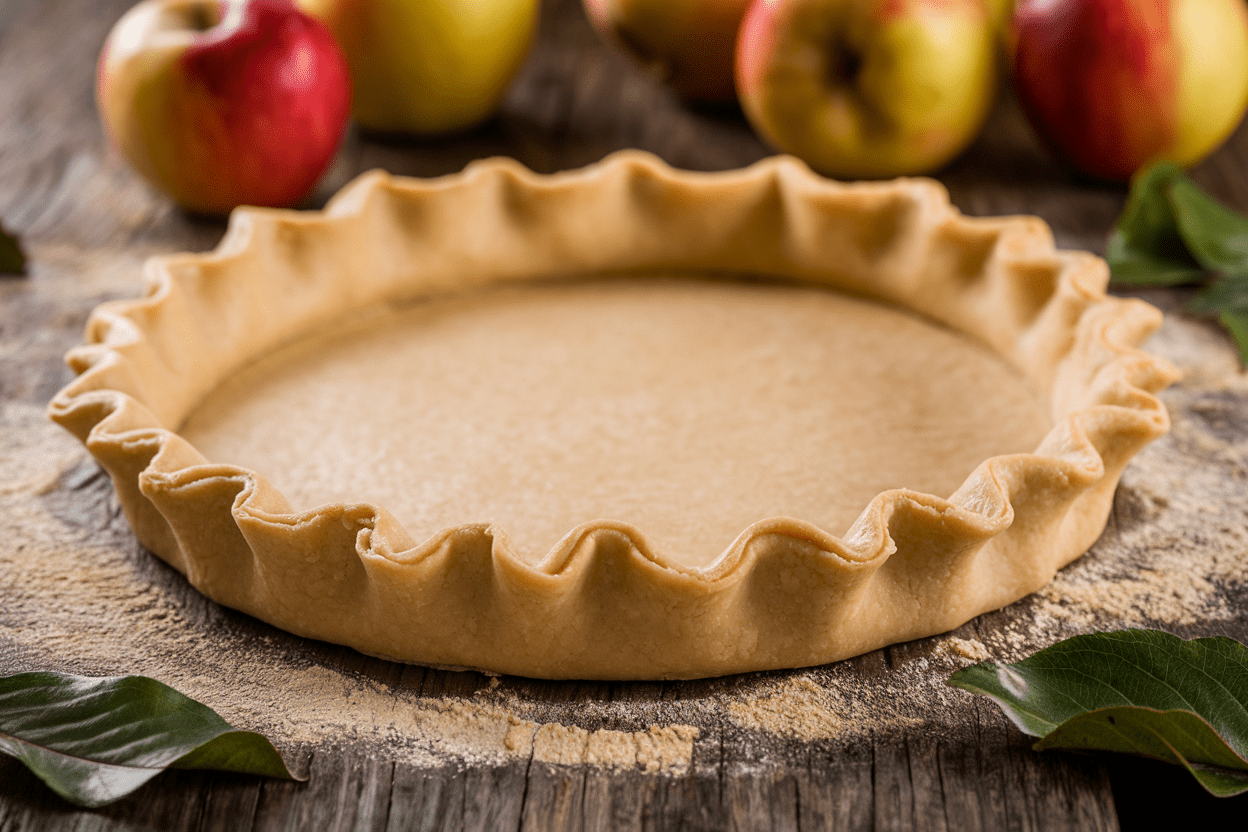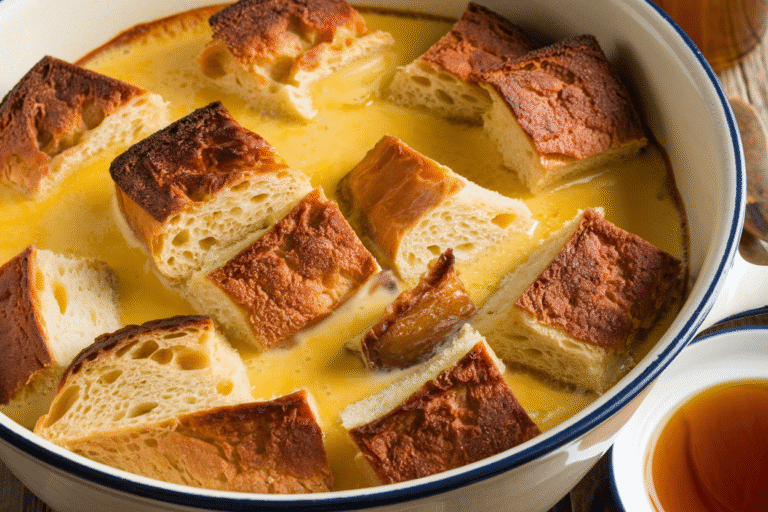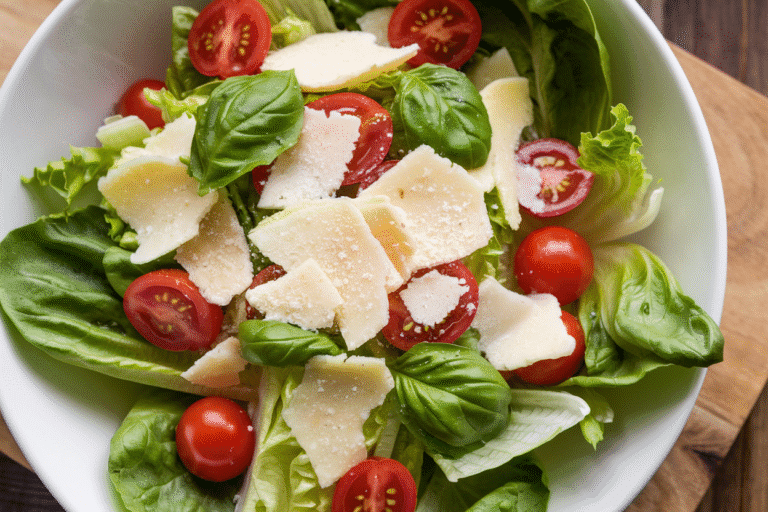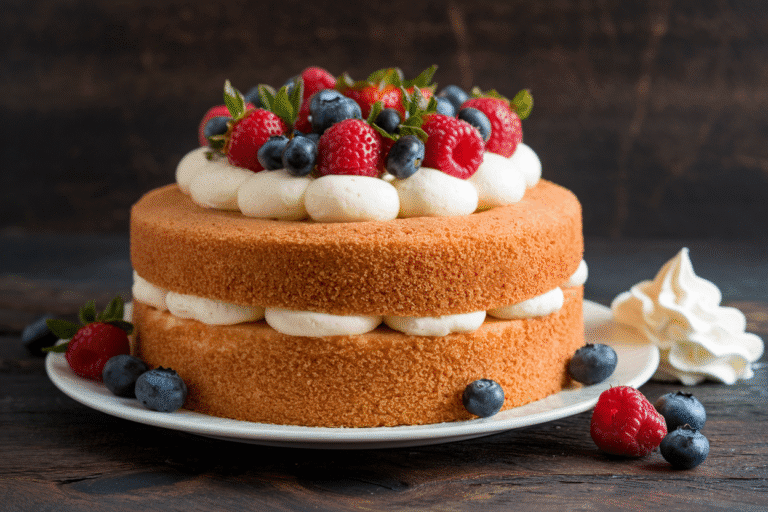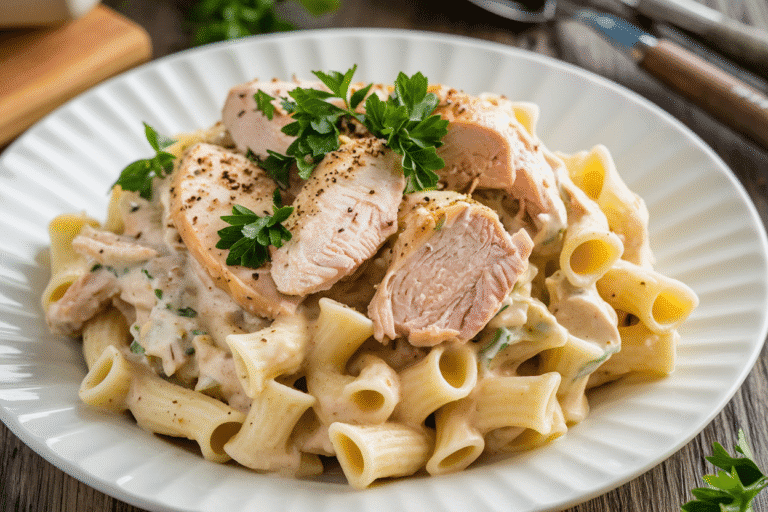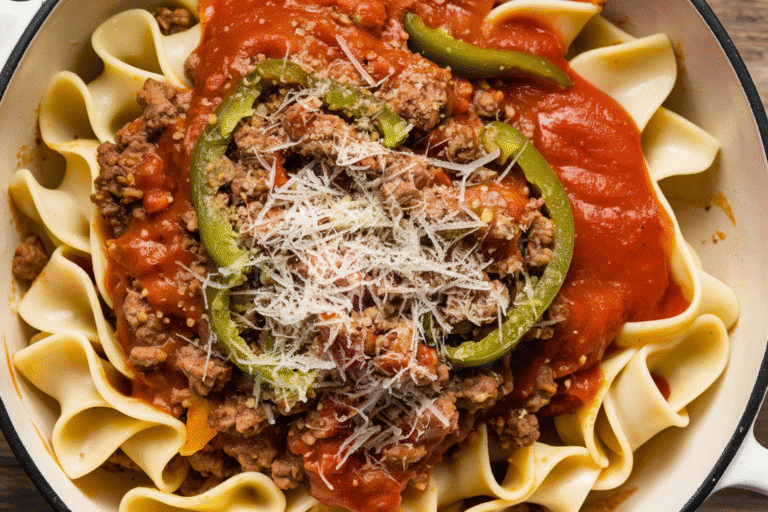Pie Crust Recipe Easy: The 10-Minute Flaky Dough Hack Your Grandma Wishes She Had
You don’t need a culinary degree to nail a flaky, buttery pie crust. You need cold ingredients, a plan, and about the same time it takes to scroll one more reel. This pie crust recipe is easy, foolproof, and fast—like “from bowl to fridge in 10 minutes” fast.
Ready for a crust that snaps, shatters, and melts in your mouth with zero drama? Let’s make the kind of crust that makes store-bought look like cardboard cosplay.
What Makes This Recipe Awesome
- Minimal ingredients, maximal results: Five staple ingredients. No weird additives, no stress.
- Ultra flaky texture: Cold fat + quick handling = visible layers that bake up like pastry magic.
- Works for sweet or savory: Apple pie, quiche, chicken pot pie—this crust does it all.
- Beginner-friendly method: Clear steps with options for hand, pastry cutter, or food processor.
- Make-ahead friendly: Freeze it and flex like you planned holiday baking weeks in advance.
Ingredients
- 1 1/4 cups (150g) all-purpose flour (plus extra for dusting)
- 1/2 cup (113g) unsalted butter, very cold (cut into 1/2-inch cubes; freeze 10 minutes)
- 1/2 teaspoon fine sea salt
- 1 tablespoon granulated sugar (optional for sweet pies)
- 3–5 tablespoons ice water (start with 3; add more as needed)
- Optional: 1 teaspoon vinegar or lemon juice (helps tenderness)
Step-by-Step Instructions
- Chill everything: Pop your butter in the freezer for 10 minutes.
Keep your flour, bowl, and even your rolling pin cool. Warm kitchens are the enemy of flakes.
- Mix dry ingredients: In a large bowl, whisk the flour, salt, and sugar (if using). Keep it simple, keep it dry.
- Cut in the butter: Add butter cubes to the bowl.
Use a pastry cutter, two knives, or your fingertips to work the butter into pea-sized bits with some larger, almond-sized flakes. Those chunks = flaky layers later.
- Add ice water: Sprinkle in 3 tablespoons ice water. Toss with a fork.
If it looks dry, add more water 1 tablespoon at a time until the dough holds when pinched. It should be shaggy, not sticky.
- Bring it together: Turn the mixture onto a lightly floured surface. Press and fold once or twice (a quick fraisage is great: push the heel of your hand forward to smear the dough just a bit).
Do not overwork.
- Shape and chill: Form into a 1-inch-thick disk. Wrap tightly in plastic or a reusable wrap. Chill for at least 1 hour (or 20–30 minutes in the freezer if you’re impatient but still human).
- Roll it out: On a lightly floured surface, roll from the center outward, rotating the dough a quarter turn after each pass.
Aim for a 12-inch circle for a standard 9-inch pie. If it cracks, patch with scraps like a pro.
- Fit into the pan: Gently lift the dough into your pie dish. Let it slump into the corners—don’t stretch (stretching = shrinkage).
Trim excess, leaving a 1-inch overhang.
- Crimp and chill again: Fold the overhang under and crimp edges as desired. Chill 20–30 minutes to firm up. Cold dough holds shape and bakes flakier.
Science, baby.
- Bake (two ways):
- Blind bake (for custards/cream pies): Heat oven to 400°F (205°C). Line crust with parchment, fill with pie weights or dried beans. Bake 15 minutes, remove weights, poke bottom with a fork, bake 10–12 more until golden.
- Filled pie: Add your filling, bake per recipe.
For extra crispness, preheat a sheet pan in the oven and set your pie on it. Bottom crust thanks you.
Preservation Guide
- Fridge: Wrapped dough disk keeps 3 days. If it’s getting tacky, re-chill before rolling.
- Freezer (unbaked dough): Wrap tightly and freeze up to 3 months.
Thaw overnight in the fridge before rolling.
- Freezer (rolled shell): Fit dough into the pie pan, crimp, freeze on a tray, then wrap. Bake from frozen—just add 5–10 minutes to blind-baking time.
- Baked shell: Cool completely, wrap, and store at room temperature up to 24 hours or freeze up to 1 month.
Why This is Good for You
We’re not calling pie a superfood, but homemade beats processed every time. You control the ingredients—no preservatives, no mystery oils.
And that butter? In moderation, it delivers flavor and satisfaction, which means you’re less likely to overdo it, IMO.
There’s also the sanity factor. Baking a crust from scratch gives you a quick win and a delicious return on a small time investment.
Plus, it’s a skill you can flex on holidays, potlucks, and random Tuesdays. Confidence tastes good.
Avoid These Mistakes
- Letting ingredients warm up: Warm butter smears, melts, and ruins flakiness. Keep it cold at every step.
- Overworking the dough: If it looks smooth like Play-Doh, it’s overmixed.
You want a rough, marbled look.
- Adding too much water: Sticky dough = tough crust. Use the minimum to make it hold together.
- Stretching the dough in the pan: Stretching causes shrinkage. Lift and settle the dough instead.
- Skipping the chill: Resting relaxes gluten and solidifies butter.
Translation: no slump, all flake.
- Forgetting venting or docking: For blind baking, poke holes after removing weights, or it’ll puff like a balloon.
Alternatives
- All-butter vs. shortening: All-butter gives superior flavor and good flake. If you want ultra-tender and extra-stable edges, use a 60/40 butter-to-shortening blend.
- Gluten-free: Use a 1:1 gluten-free flour blend with xanthan gum. Add 1–2 extra teaspoons of water and handle gently.
- Vegan: Swap butter for vegan butter sticks or refined coconut oil (chilled).
Add a teaspoon of vinegar for tenderness.
- Whole wheat: Replace up to 50% of flour with white whole wheat. Add an extra teaspoon or two of water as needed.
- Flavor boosts: Add 1/2 teaspoon cinnamon for apple pies, a pinch of black pepper for savory pies, or citrus zest for brightness.
FAQ
Why is my pie crust tough?
You probably added too much water or overworked the dough. Use just enough liquid to bring it together and stop mixing once it holds.
Always chill before rolling.
Can I make this in a food processor?
Yes. Pulse flour, salt, and sugar, then add butter and pulse until pea-sized. Drizzle ice water and pulse just until it clumps.
Dump it out and finish by hand to avoid overprocessing. FYI, it’s easy to go too far—short pulses only.
How do I prevent a soggy bottom?
Preheat a baking sheet and bake the pie on it for stronger bottom heat. You can also brush the crust with egg white after blind baking, then return to the oven for 2 minutes to seal it.
What if my dough cracks when rolling?
Cracks happen when the dough is too cold or a bit dry.
Let it sit 2–3 minutes, then patch cracks with trimmed scraps and keep rolling gently from the center out.
Do I need sugar in a savory pie crust?
No. Sugar is optional and mainly helps browning and flavor in sweet pies. For quiche or pot pie, skip it.
How thick should I roll the dough?
About 1/8 inch.
If you can see faint light through it when lifted, it’s right. Too thick and it’s bready, too thin and it tears.
Can I double the recipe for a double crust pie?
Absolutely. Double all ingredients and divide the dough into two disks.
Keep both chilled and work with one at a time.
Is salting the butter necessary?
Use unsalted butter for control. If you only have salted, reduce added salt to a pinch and carry on.
The Bottom Line
This pie crust recipe is easy because it respects the two laws of great pastry: keep it cold and don’t fuss. With a handful of ingredients and a few smart moves, you’ll get a crust that flakes, browns, and tastes like you robbed a bakery.
Make one today, stash one in the freezer, and prepare for compliments you didn’t ask for but will absolutely accept.
